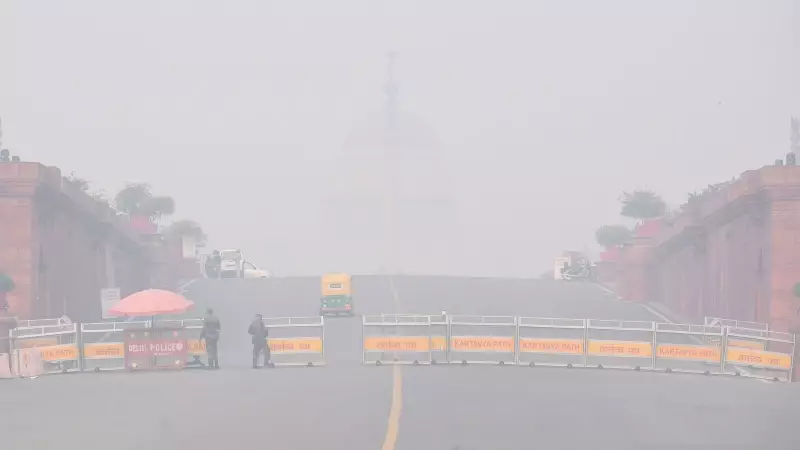
In a shocking environmental setback, Delhi's air quality plunged to its worst post-Diwali levels in three years, raising serious questions about the effectiveness of much-touted green crackers in combating pollution.
The Alarming Numbers
The capital city woke up to a toxic morning after Diwali celebrations, with the overall Air Quality Index (AQI) skyrocketing to 326 at 7 am on Monday. This marks the poorest air quality recorded after the festival of lights since 2020, despite widespread promotion of eco-friendly alternatives.
Green Crackers: Promise vs Reality
Government-backed green crackers, marketed as a sustainable solution for festive celebrations, appear to have failed their crucial test. The significant deterioration in air quality suggests that either the adoption was insufficient or the technology itself couldn't deliver on its pollution-reduction promises.
Critical Pollution Levels
The situation turned particularly dire in several monitoring stations across the city:
- Anand Vihar station recorded an AQI of 413
- Wazirpur area reached 408
- Multiple locations across Delhi-NCR entered the 'severe' category
PM2.5 Concentration Crisis
The concentration of deadly PM2.5 particles told an even more concerning story. Levels reached 30 times higher than the World Health Organization's recommended safe limits, creating a health emergency situation for Delhi's residents.
Weather Conditions Worsen Crisis
Unfavorable meteorological conditions exacerbated the pollution crisis. Calm winds and low temperatures prevented the dispersion of pollutants, creating a toxic blanket over the city that trapped emissions from fireworks and other sources.
Public Health Implications
The severe air quality poses significant health risks, especially for children, elderly residents, and those with pre-existing respiratory conditions. Doctors across the city reported increased cases of breathing difficulties and eye irritation.
Looking Forward
This environmental failure calls for a serious reevaluation of pollution control strategies during high-risk periods. The data clearly indicates that current measures, including green crackers, are insufficient to protect public health during festive seasons.





